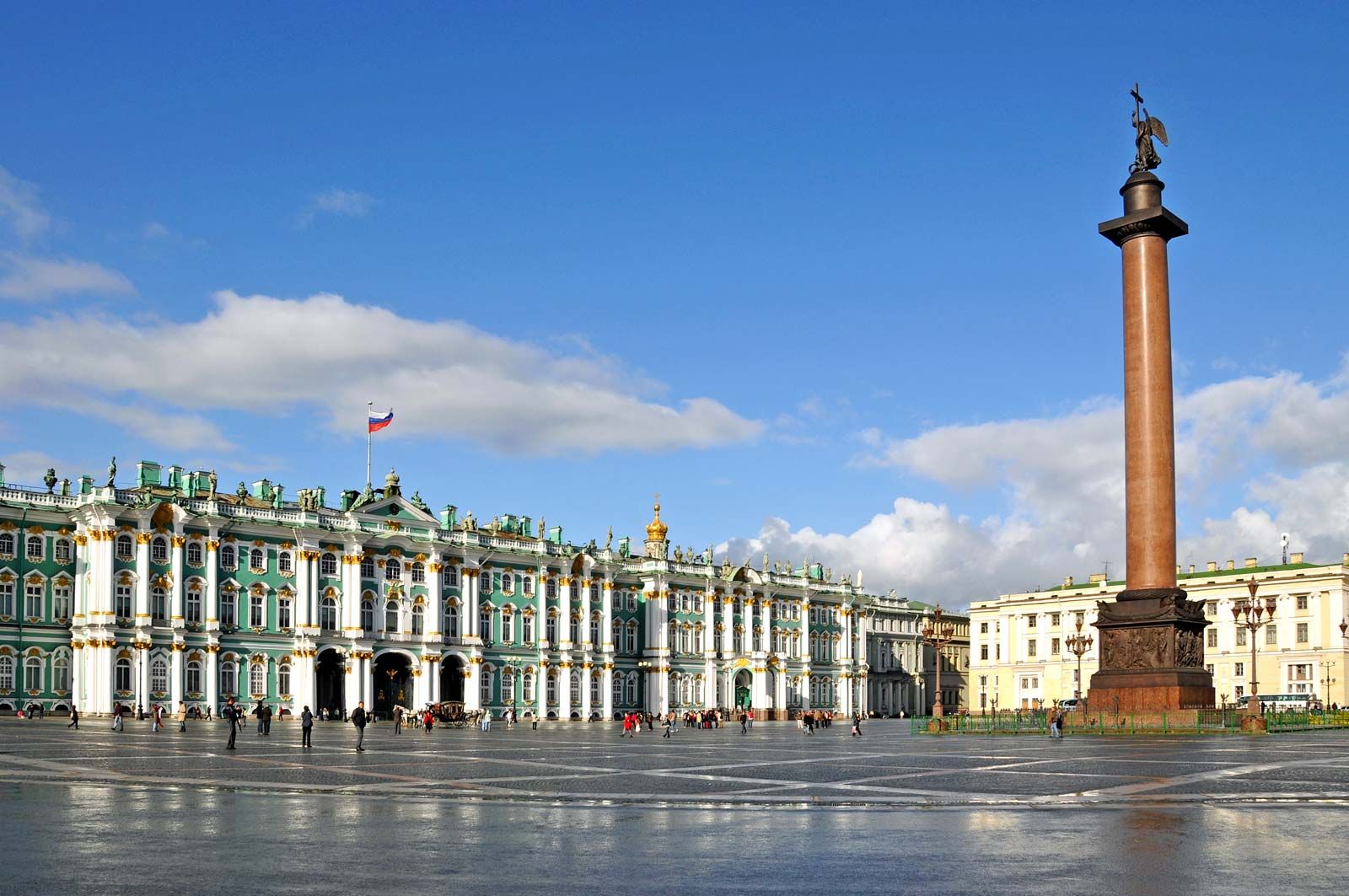Introduction to Great Western Buildings
Significant Western Buildings, synonymous with architectural magnificence and cultural heritage, have long stood as testaments to human ingenuity and aesthetic sensibilities. These structures, dotting various landscapes, are physical entities and repositories of rich histories and stories. However, like any significant entity, they are not immune to controversies and legal entanglements, the most notable being the Great Western Buildings lawsuit. This lawsuit has become a crucial chapter in the narrative of these towers, intertwining legal complexities with architectural heritage.
The Backstory of the Lawsuit
Understanding the roots of the Great Western Buildings lawsuit necessitates a dive into the history of these structures. Built during a period marked by industrial advancement and artistic renaissance, Great Western Buildings were initially hailed as marvels of construction and design. However, specific inadequacies and legal oversights came to light as time progressed. The genesis of the lawsuit can be traced back to disputes over construction norms, preservation regulations, and property rights, sparking a legal battle that would go on to make headlines and stir public discourse.
Legal Nuances and Implications
The legal proceedings surrounding the Great Western Buildings were complex, involving multiple stakeholders, including architects, heritage conservationists, property developers, and local authorities. Central to the lawsuit were questions about conservation practices, adherence to safety and construction standards, and the balance between development and preservation of heritage. Legal experts often cite this case as a significant example of heritage law and its implications in urban development.
Impact on Architectural Conservation
One of the most profound impacts of the Great Western Buildings lawsuit was on architectural conservation. The case highlighted the challenges of preserving historical structures while accommodating modern needs. It sparked a debate on how heritage buildings should be maintained, who bears the responsibility, and how contemporary interventions should be balanced with historical integrity. The case outcome had far-reaching consequences, influencing policy changes and conservation strategies in various parts of the world.
Public Reaction and Media Coverage
The lawsuit garnered considerable public interest and media coverage, reflecting society’s deep connection with its architectural heritage. Public opinion was divided, with some advocating for stringent conservation efforts while others pushed for more progressive development plans. Media outlets played a crucial role in shaping the discourse, highlighting the various facets of the case and its broader implications on society’s relationship with its historical monuments.
Lessons Learned and Future Directions
The resolution of the Great Western Buildings lawsuit brought important lessons and directions for the future. It highlighted the need for clear legal frameworks and policies regarding heritage conservation, involving multiple stakeholders in decision-making processes, and balancing historical preservation with contemporary needs. The case has since been used as a reference point in similar disputes and has influenced the approach towards heritage buildings globally.
The Legal Challenges Facing Great Western Buildings
Significant Western Buildings, renowned for their architectural significance and historical value, have recently been at the center of a legal controversy. This lawsuit, far from being a mere legal skirmish, raises important questions about preservation, modernization, and the responsibilities of those who manage or own such iconic structures. Critics argue that the buildings, some of which date back centuries, must be adequately maintained or respected, leading to a deterioration of their historic fabric. The plaintiffs in the case seek reparations for perceived negligence and a commitment to better preserving these architectural treasures for future generations.
Historical Significance of Great Western Buildings
The historical significance of Great Western Buildings cannot be overstated. Each structure stands as a testament to the architectural and cultural evolution of the region. From Gothic revival to modernist influences, these buildings encapsulate a wide range of styles, each reflecting its era’s societal and artistic norms. The lawsuit highlights the importance of such buildings in our collective history and the need to safeguard them. It underscores the delicate balance between preserving historical integrity and adapting to contemporary needs, a challenge many heritage structures face worldwide.
Impact on Local Communities and Tourism
Significant Western Buildings are not just architectural marvels but also pivotal to local communities and tourism. These structures often act as landmarks, contributing significantly to the identity and economy of their inhabited regions. The ongoing lawsuit can impact local communities negatively in terms of reduced tourist attraction and the sense of losing a part of their cultural heritage. Conversely, a favorable outcome could reinforce community ties and boost tourism by preserving and maintaining these buildings for public enjoyment and education.
The Architectural Uniqueness of Great Western Buildings
Each Great Western Building is unique in its architectural design, reflecting the period and the architect’s vision. This uniqueness is not just in their aesthetic appeal but also in the construction techniques and materials used, some of which are no longer commonly employed. This aspect of the lawsuit highlights the challenges in maintaining and restoring such structures. It emphasizes the need for specialized knowledge and skills to ensure that any interventions are sympathetic to the original designs and do not compromise the buildings’ historical integrity.
The Role of Preservation Laws and Policies
This lawsuit casts a spotlight on the existing preservation laws and policies. It questions their effectiveness in protecting heritage buildings like the Great Western Buildings. The case outcome could set a precedent, potentially leading to stricter enforcement of heritage preservation laws or new, more robust legislation. It also raises awareness about the role of government and private entities in preserving historic sites and the need for a collaborative approach to safeguarding our architectural heritage.
Future Prospects and Restoration Efforts
Looking ahead, the Great Western Buildings lawsuit opens the door to discussions about prospects and restoration efforts. It presents an opportunity to reevaluate how these buildings are cared for and the strategies employed to ensure their longevity. As a result of this lawsuit, restoration efforts could lead to innovative methods that respect historical authenticity while incorporating modern technology. The case could inspire other building owners and custodians to proactively address maintenance and preservation, setting a new standard in heritage building management.
Conclusion: Preserving Our Architectural Legacy
The Great Western Buildings lawsuit serves as a poignant reminder of the complexities of preserving our architectural legacy. These buildings are more than mere structures; they embody our history, culture, and collective memory. The case underscores the importance of responsible stewardship, legal foresight, and a collaborative approach toward preserving these irreplaceable icons of our past. As we move forward, the lessons learned from the Great Western Buildings lawsuit will undoubtedly shape our approach to heritage conservation, ensuring that these magnificent structures continue to inspire and awe future generations.



